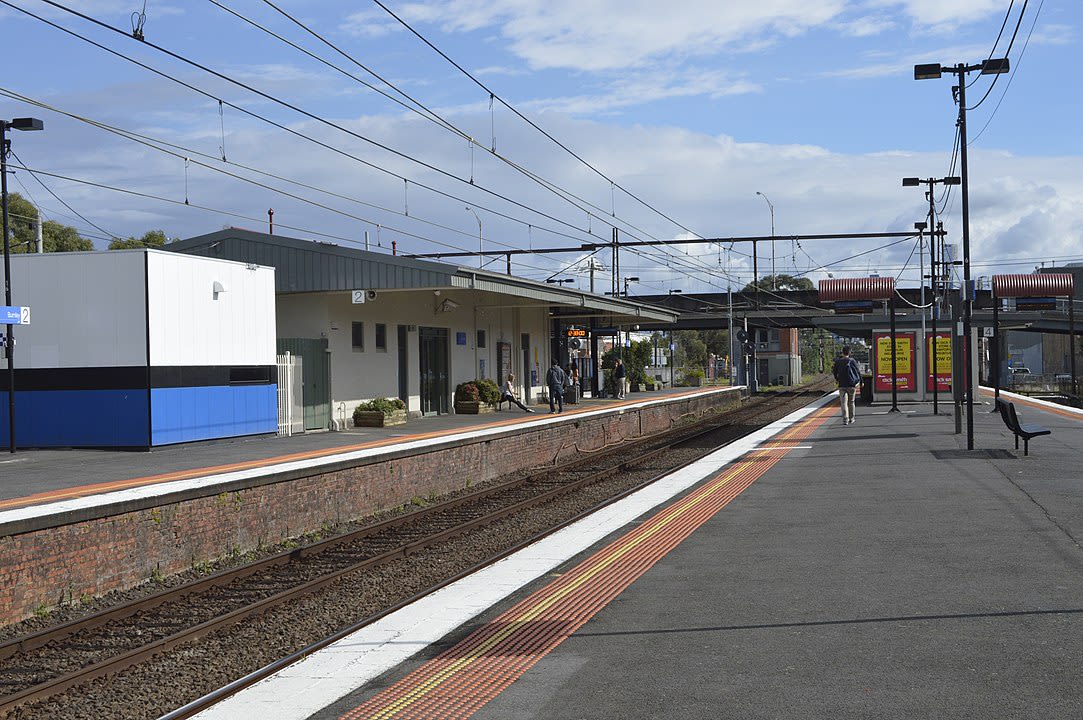Big transport projects are cool, but we have to build small scale resilience too
Comment:
It's like a well-worn and much-loved piece of furniture in your grandmother's living room, it's always there; Burnley station - when any significant amount of rain falls over the inner Melbourne suburb - becomes inaccessible due to its pedestrian underpass succumbing to flood.
Hey #springst - this, like all old school station entrances that include underpasses, is not on - where's the medium term budget to re-do station entrances so people can access the network regardless of the weather conditions? https://t.co/iAMvKlZn3u
— Alastair Taylor (@tayser82) January 22, 2020
Operations quickly change so that every train starts running express through the station, stranding passengers in the local area and displacing others who were planning to alight at Burnley.
Maybe it's my sketchy memory of the twitter fog, but so often can I recall alerts stating that Burnley station is temporarily closed, that I have to wonder if we're all in a blind stupor that will see us sleepwalk into more issues down the track once big-ticket transport projects come online.
Burnley's outdated infrastructure is no different to the track layout at Caulfield (and the speed restrictions over its pedestrian subway) or Sandown Park's pedestrian underpass - actually, insert any station that was rebuilt around the same time here - or the sections of track where wooden and cement sleepers are mixed providing a rougher ride for passengers. Or sections of the network where the overhead electrical equipment is too easily accessible to thieves who want to flog some copper for cash.
It's the little bits and pieces, here, there and over there too that need the spotlight and need fixing. Sometimes they get fixed in a larger project, like for instance, despite the Level Crossing Removal Authority's comms team being quite the well-oiled machine, they still haven't published any stats that state how many old wooden sleepers have now been replaced by concrete right across the network.
Level Crossing Removal projects appear to be the main way we're replacing sleepers (and in some cases rail) that 'upgrades' the ride quality for passengers but there are gaps.
Take a journey on the Pakenham line and you'll notice differences between Clayton and Westall and Noble Park and Dandenong - that's because these sections are still predominantly wooden sleepers that are surrounded at both ends by sections of track running over concrete which provides the smoother journey.
The Suburban Rail Loop is going to link railway lines all around the metro outside the inner city and without having seen the business case - only the bureaucrats can see that, still, at this stage - it's not outside the bounds of possibility that it will be true that patronage will be go up, a lot, and not just in the peak direction of travel.
A whizz-bang automated/driverless high-frequency public transport corridor that opens up new employment and residential centres for densification/diversification, it's hard not to soak up the spin and exclaim: awesome stuff! But just focusing on ribbon-cutting for these types of projects and appearing to do nothing about existing small-scale network and station issues that speak to long term resilience (or the lack thereof) are worrying.
The SRL will be dependent on the existing arterial railway lines to do even heavier lifting. Sure the spin doctors can advise their ministers to point out projects like the Metro Tunnel whose parts form a much larger overall upgrade to existing railway lines. Yet, in that case, that's only two out of 7 that will be linked as part of SRL phase 1.
What plans are there to rebuild the entrance to Burnley station so the major junction station won't get isolated when even more passengers are using the station?
Or perhaps it might be better to ask what plans are there for upgrading, actually, fixing, any other station or piece of network infrastructure that's currently susceptible to weather and operational events that plague the network at random?
